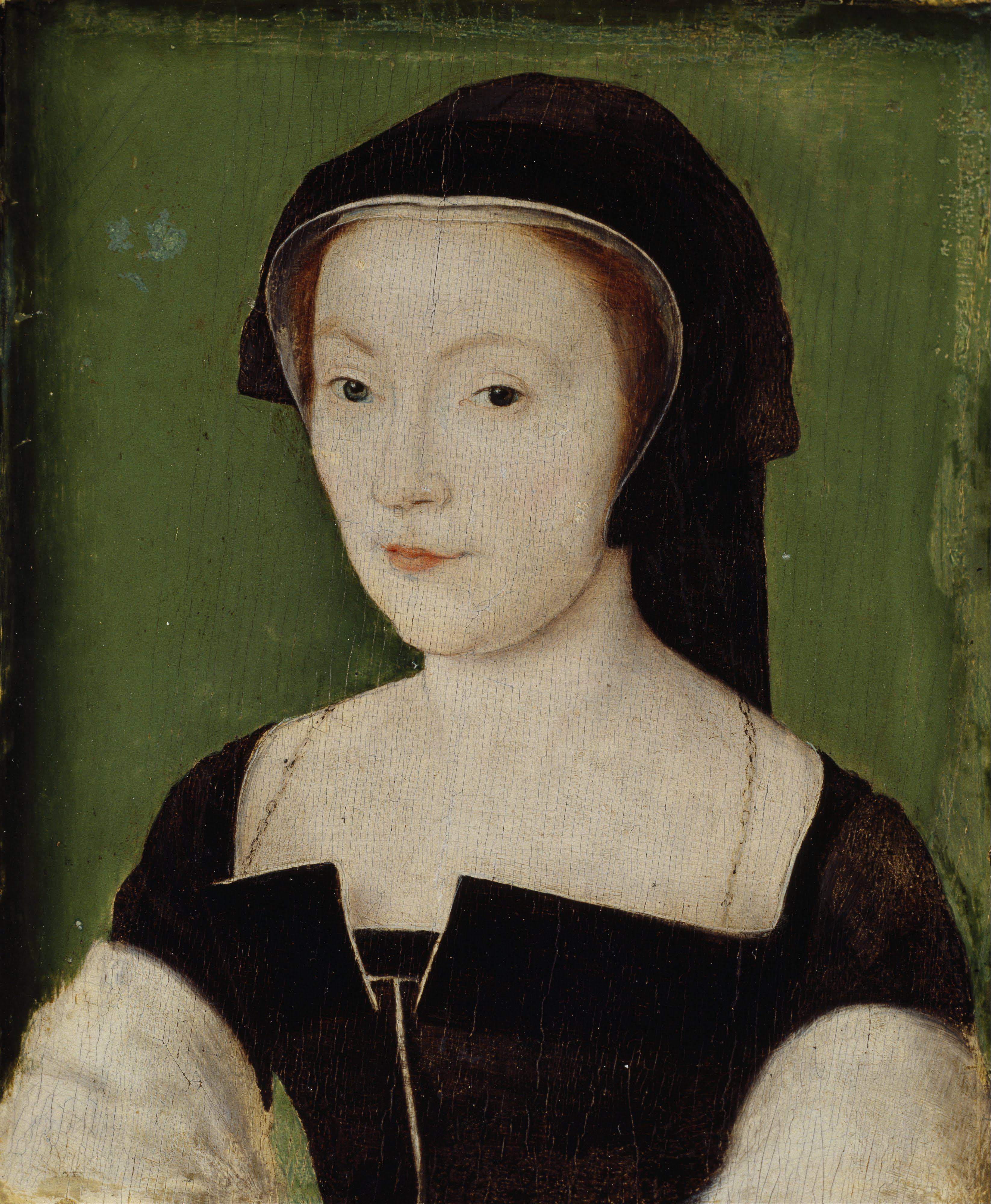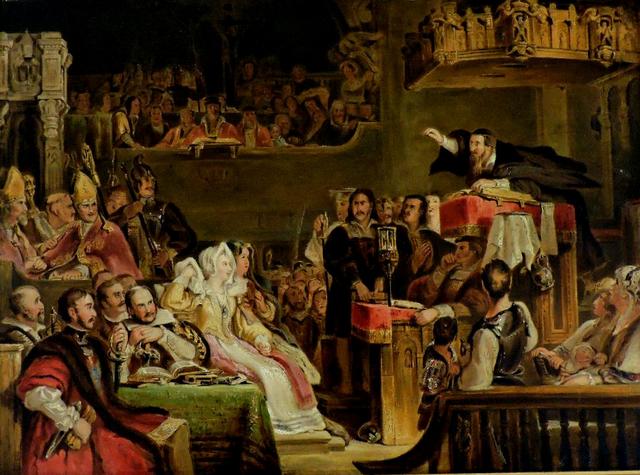Reformation
This is a student project for the Scotland in Focus Unit for the Scottish Studies Award
1550-1560
1550-1559
Mary of Guise

- Although there was a growing population of Protestants, if French influence returned it was possible that Catholicism would overtake it and be restored as Scotland’s primary religion. Parts of this showed through exiles led by John Knox and Christopher Goodman. These exiles were greatly helped when England returned to being a Catholic state during Mary Tudor’s rule during 1553 as this left Protestants with no place on the British mainland.
- Mary of Guise, Queen Mary’s mother, was made regent of Scotland in 1554. She was regarded as an effective ruler, rewarding those who were loyal with money and land, and bribing the people that may stray.
- Mary of Guise attempted to restore a firm central government and deal with administering justice and regulating trade but Scottish nobles grew suspicious of her.
- In 1556 there was an effort made to enact a form of valuation tax, though this led to the Scottish nobility losing trust in her.
- Later, Mary attempted to engineer war against England in October 1557, but the principal Scots noblemen refused to fight at the Borders. Scottish Lords came together to promote Protestantism, and were known as the Lords of the Congregation.
- The Lords of the Congregation did not like Mary of Guise and what she was doing. They desired change in the Church.
- Despite how powerful of a ruler Mary of Guise was, she made little attempt to counter religious reform. Due to the previous murder of Beaton, there was nobody to fill the gap while John Hamilton assumed his place. This absence of leadership allowed for Protestantism to silently spread; meetings were held with secrecy, even the more public meetings were still closed off.
- In 1558 within East Coast burghs, Protestants began gathering to worship using the English Prayer Book. The fact that Elizabeth became the Protestant Queen of England around that time benefited their cause greatly, motivating them to keep spreading their words.
1559
The tipping point

- At the beginning of 1559 there was a notice placed on doors of monasteries, friaries, and abbeys, it threatened dispossession of friars. This letter was known as “The Beggars’ Summons” and it was addressed from the “blind, crooked, bed-ridden, widows, orphans, and poor of Scotland.” Additionally, Perth and Dundee announced they were now Protestant towns.
- John Knox arrived in Leith on the 2nd of May 1559, giving the protestant cause a boost in direction. Knox preached in St John’s Kirk, though his sermons caused outrage which led people to destroy religious property and decorations. When the Protestants took over Stirling and Edinburgh, Knox became the minister of St Giles.
- 2,500 men under the earl of Glencairn prepared for defence in Perth against Mary of Guise. Eventually, Glencairn’s men gave Perth to Guise, and she instantly pushed for Catholicism through martial law. This was, unsurprisingly, very disliked - especially as her troops shot a boy dead during reoccupation.
- This chain of events led Lord James Stewart and the earl of Argyll to become leaders of the “Lords of the Congregation.” They went on to ‘reform’ St Andrews and Edinburgh by ransacking their way through.
1560
The Reformation

- In June of 1560, Mary of Guise died. This left Scotland without royal sanction, and so the Lords of the Congregation were quick to invite in the new age of religious reform.
- In July of 1560 a treaty known as the “Treaty of Edinburgh” was signed. This replaced the Auld Alliance, and led to France and England to leave Scotland to handle itself for the time being.
- The Lords of Congregation secured power in August. This revolution would change Scotland forever, its church, its culture, its history.
- The meeting held was known as the Reformation Parliament, it outlawed Catholic worship and rejected the notion of the Pope having any authority over Scotland. It also outlawed Catholic mass as a whole.
- A group of Protestants created a polity “touching the reform of religion in Scotland”. This was the concept for what would later develop into the Kirk of Scotland, and was known as the First Book of Discipline. It posited John Knox’s ideal, but drastic, changes, such as:
- The new Protestant Church gaining the properties of the Catholic Church.
- Superintendents, without specific religious powers, organising the church in their areas.
- Congregations playing a key role in the new Church by appointing their ministers.
- The Protestant Church providing education and looking after the poor.
- Though these ideas weren’t very well liked, and this book was rejected. They did however strip previously Catholic churches of religious art involving idols.


